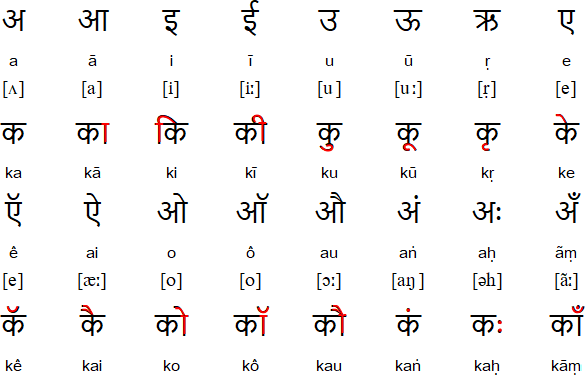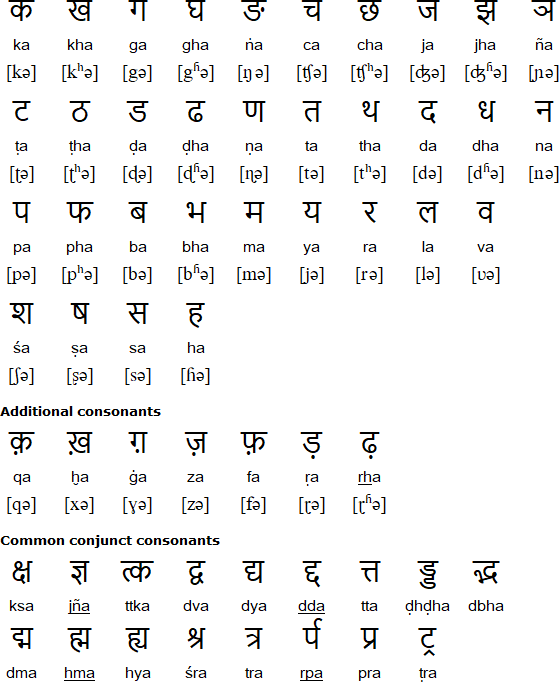learn sanskrit - 2
Now in this post we will learn how to frame sentences, before that we need to learn some words for framing sentences, below are some simple words for framing sentences:-
Sanskrit words | Meaning |
फलं Phalam | Fruit |
पुष्पं Pushpam | Flowers |
बालकः Balakah | Boy |
बालिका Balika | Girl |
छात्रः Chatrah | Students |
अद्यपिका Adyapika | Teacher |
पश्तु Pashtu | See |
| पिबतु Pibhatu | Sea |
खादतु Khadatu | Eat |
गछतु Gachtu | Go |
Now let us frame sentences from these words:-
1. अहं फलं खादामि
Aham phalam khadami
I am eating a fruit
2. सा पुष्पं धारयति
saa pushpam dharayti
She is wearing flowers
3. बालकः अनम खादति
Balakah anam khadati
A boy is eating food
4. बालिका जलं पिबति
Balika jalam pibhadati
A girl is drinking water
5. अहं समुद्रे गछामि
aham samudre gachami
I am going inside the see
6. अद्यपिक पाठं पाठयति
adyapika patam patayati
teacher is teaching a lesson
7. छात्रः पठन्ति
chatrah patanti
Students are reading
now let us watch three different cases for framing sentences
अहं (me) Aham | त्वं (you) Tavam | वयं (we) Vyam |
पठामि Patami | पठतु Pathatu | पठामः Pathamah |
गछामि Ghachami | गछतु Ghachatu | गचामः Gachamah |
पिबामि Pibhami | पिबतु Pibhatu | पिबामः Pibham |
CASE 1
So now let us understand when we are using अहं (me) then the noun should always end in "मि " ("mi")
(Note:- This rule may change when using in grammar )
eg) अहं पाठं पठामि
eg) aham patam patami
I am reading a book
CASE 2
But when we are indicating a other person that is त्वं (you) the noun will end in "तु " ("tu")
(Note:- This rule may change when using in grammar )
eg) त्वं पाठं पठतु
tavam patam patatu
you read a book
CASE 3
when we are indicating many people that is वयं (we all ) then the noun will end in "मह " ("mah")
(Note:- This rule may change when using in grammar )
eg) वयं पाठं पठामः
vyam patham pathamah
We are reading a book
now lets translate some sentences from english to sanskrit
My name is my Rahul
मम नाम राहुल
mam naam Rahul
He is drinking water
सः जलं पिबति
Sah jalam ppibathi
I am going to school
अहं विध्यालयं गछामि
aham vidhyalayam gachami
We are swimming
वयं तरामः
vyam taramah
That is a Horse
तद अश्वं
tad ashvam




